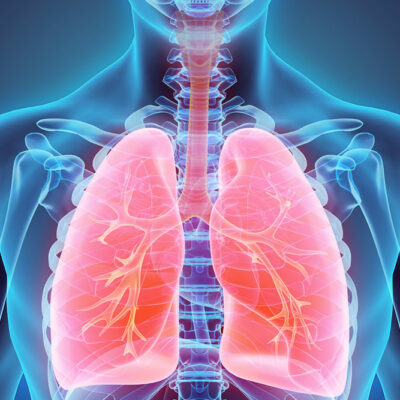
Health
4 tests that help diagnose Crohn’s disease
Various kinds of tests are used to diagnose ulcerative colitis and Crohn’s disease, the main two types of inflammatory bowel disease (IBD). Patients need to make some preparations for the day of the test. Diagnosis is a vital part of the treatment to determine what type of disease it is (Crohn’s disease or ulcerative colitis), and also to ascertain the severity of the disease and the complications it may cause. Even though the doctor will take care of everything during the test, you may still ask the following questions to prepare yourself for the day of the test: How uncomfortable will I be during the test? Are there any dangers associated with the test? What is expected of me during the test? What kind of information will the test provide? When can I expect the results? Some common tests used to diagnose Crohn’s disease are as follows: X-rays General X-rays These X-rays are a quick way of getting an image of the abdomen to see the narrowing of intestines or ascertain any intestinal blockage. Also, scars and inflammation in the intestines are clearly visible on X-rays. These X-rays tests are relatively inexpensive. Contrast X-rays This test is done to track the movement of the barium through the intestines.
Read More 















